Tales of buying my first classic … Part 1: Learning the hard way
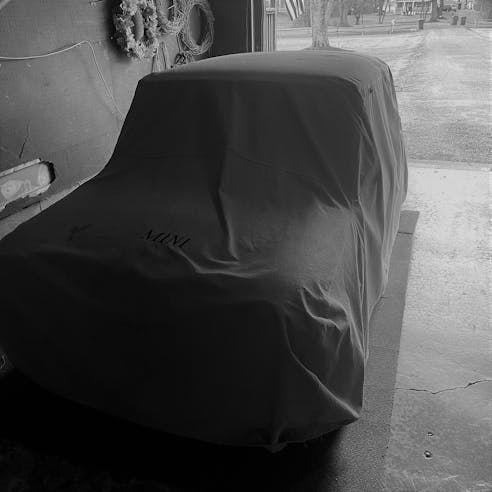
My dad will often tell stories about the great cars he owned. I too want to entertain my kids with tales of some cool collectible car, however my current stable that includes a Honda Odyssey and Honda Fit aren’t exactly going to captivate any youngsters. With a desire to create memories and hopefully spend time with my own kids around a car, I recently made up my mind. (And then thankfully convinced my wife.) I was going to buy one of the cars my dad had owned. The first step was to have him create a list of the cars he never saved for me enjoyed the most:
- 1953 Buick Special
- 1959 Triumph TR3
- 1961 MGB
- 1962 Ford Fairlane
- 1966 Ford Mustang
- 1966 BMW 1800
- 1968 Ford Torino GT Fastback
- 1974 Nissan 260Z
- 1972 Plymouth Valiant
- 1968 Ford Cortina
- 1999 Honda Prelude
I went to work trying to find one just like my dad had, but I quickly realized many of these are valuable. I was hoping to only spend a few thousand dollars on something fun. Although I detail cars, I have never performed real car maintenance and don’t know where to begin. Plus, given the fact that used car prices are through the roof I did what any 40-year-old in my situation would do … I went and asked my dad for help! As much as I want a fun car to make memories spending time with my four kids, doing this WITH my dad would provide us a reason to spend time together too. Win win. Sharing expenses doesn’t hurt either.
We developed a plan: Let’s see if we can make some memories AND make some money on a collectible car. Yes, I am aware that the second half of our plan is against all the rules of car collecting and thus highly unrealistic. But what can I say? We have yet to learn our lesson.
Weeks spent searching online led me to finding many of the models on our list. The real first lead came from literally the last place I ever thought it would: my mom, reading the newspaper. First off, who knew people still advertised cars in the paper? Secondly, go Mom! I get this odd text from her saying, “Call this number, he has a $800 Triumph something-or-other that runs good.” I was so excited I didn’t care she couldn’t remember the model. The seller was super vague and just shared that it was a TR4 that runs “runs good and there is a lot of interest in it.” My dad and I arranged to come see it the next afternoon. The seller also mentioned, “it will probably need a new windshield,” which my dad and I laughed at. For $800, who cares if there is a crack in the windshield? We could fix it up a little, enjoy it for a year, and then sell it and move on to something better. That was the plan (in our heads). The car was an hour away and we brought cash and my 11-year-old son to join in the excitement. En route, we were already trying to figure out if it would be safe for him to ride in the front seat home with me. Man, was I naïve.
LESSON #1: Confirm if others are coming to see the car
When we arrived, the Triumph was already loaded on a trailer, which was odd. The seller explained he just told everyone to come today and figured at least one of us would buy it, and someone just had. “But you made it sound like we were the only ones coming.” I asked. “Yes, yes I did.” he replied as if that wasn’t an odd thing to do. The next five hopeful buyers that showed up were not as nice as we were when confronted with the news that the Triumph had sold. My son heard many new four-letter words that day including, “I rented a trailer and drove three hours to buy that car, how could you not tell me it was sold. #$%&* you, man!” Ouch.
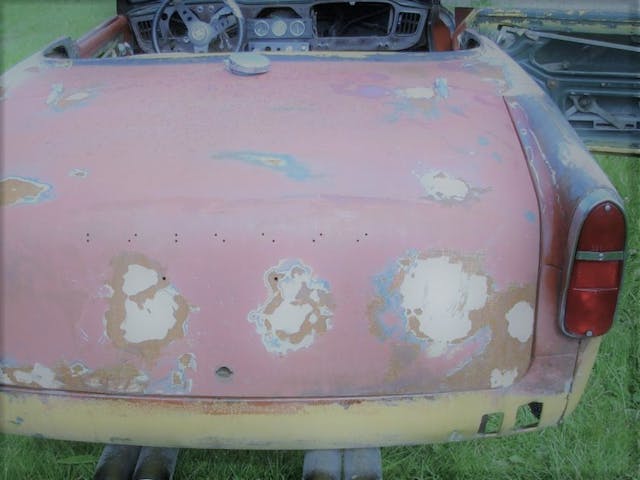
LESSON #2: If a seller tells you something “may” be wrong with the car, assume the problem is at least twice as bad as described
Before the new owner left, he showed us the TR4 and I understood why it would “probably need a new windshield.” Because it didn’t have one. It didn’t even have an A-pillar for that matter, as it had completely rusted away. It also didn’t have a convertible top, a passenger seat, a dash, or… I’ll stop there, you get the point. I’m not sure what I expected for an $800 Triumph, but there you have it. At least I learned some questions I should be asking for next time.
LESSON #3: Confirm the type of meeting location
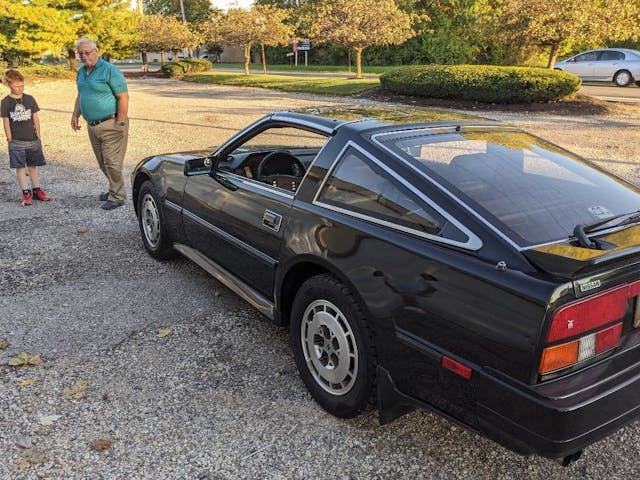
Next I found a 1986 Nissan 300ZX Turbo. All communications were through Facebook Marketplace with the seller writing long responses to my questions while never using any punctuation. Here is an actual example: “nothing wrong needs nothing ready to go fun car 120,000 original miles no rust runs great $6,000 clean title yes have records when do you want to see it heres my address”. Once again, the meeting didn’t go as planned. I assumed we were meeting at their house, but the address led us to a shady run-down storage unit and the seller was 30 minutes late. The bad communication should have been a clue of what we were in for.
LESSON #4: Confirm they are actually the seller
Only after asking many questions about the car that he couldn’t answer did the “seller” share he is actually the nephew of the person selling the 300ZX and he knew nothing about it. Awesome. And, no we could not talk directly with the seller, he would handle all communication.
LESSON #5: Ask about the areas of the car the pictures are NOT showing

Totally my fault for not noticing, but all the pictures of the interior were taken from just behind the seats, totally obstructing the view of the seat condition. Like you probably guessed, the leather on the seats and armrest was torn up. Overpromise, underdeliver.
LESSON #6: Confirm the important info they are telling you is accurate
Despite the rough start, we had a nice test drive and were thinking about making an offer. That is until I noticed the odometer on the totally rad 1980s all-digital dash hadn’t changed at all. The “seller” promised this problem had just started a couple months ago and the mileage is actually 130,000, not 120,000 as advertised, and would have the paperwork to show that. We left saying as soon as we could see some maintenance records or anything showing the mileage we could discuss the purchase. With each passing day the “seller” became ruder in his responses until finally he said, “like I have always told you dash never worked since we got car many years ago no maintenance records I promise the mileage is 150,000 for real promise when can you come buy the car.” Apparently, I have a different definition of “nothing wrong needs nothing ready to go fun car 120,000 miles” than he does. The car may still have been ok, but the willingness to lie to my face was not. So we walked away.
LESSON #7: Have an idea of what you want (or don’t want) before you start

Following that I found a 1991 Alfa Romeo Spider Veloce with a For Sale sign in a parking lot. Automatic with 72,000 miles for $8500. This time I think I asked all the right questions. The car was in great condition and the owner was legit, even had a folder of maintenance records, imagine that! The car was ready to go with extensive recent work by an Alfa specialist. After the test drive I just wasn’t excited for some reason. I finally shared that I think I really want our car to be a manual. “I’m glad you said that!” my dad replied. “Because I don’t want to buy an Italian car, the repair costs scare me!” I think we could have bought it and flipped it for a profit, but that was only half of our stated goal. I know we could have saved everyone’s time if we had both first considered what we DIDN’T want in a car.
LESSON #8: “Runs great” is very different from “Ran great when parked”

Finally, I came upon a 1971 Mini Copper Innocenti, “runs great” with 13,000 km for $7500 on Facebook Marketplace. I know nothing about Minis, but it looked like fun and seemed like a perfect candidate for our plan. I purposely didn’t tell my dad that “Innocenti” meant it was made in Italy until we were already on the way to see it. The seller explained the car was her dad’s, is being stored in his garage, and he had fallen ill and couldn’t drive it anymore. She was told the car runs great, so we set up the test drive. Except when we arrived, we quickly figured out there wouldn’t ever be a test drive. The car hadn’t been moved in over five years, the battery was corroded, the gas was contaminated, the wheels wouldn’t roll, and the clutch was completely stuck. We left disappointed.
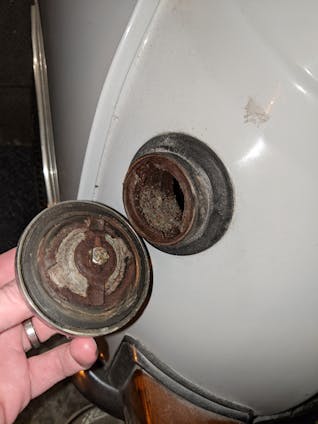
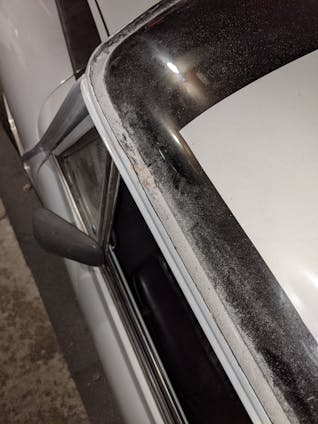
Guess I should have asked WHEN it ran so well. Despite all that, there was just something about it that still interested me. The family was great to work with and explained how they had been the original buyers in Italy before having it imported it here. A month passed. Running full speed past all the red flags and warning signs … we came back to the Mini. Not owning a trailer meant paying $100 to have it towed to our mechanic and $300 for a thorough inspection. If we didn’t buy it meant another $100 tow back. We went all-in and crossed our fingers hoping for the best. Loading the car took AAA an hour, using multiple dollies, a winch, and four of us lifting at times.
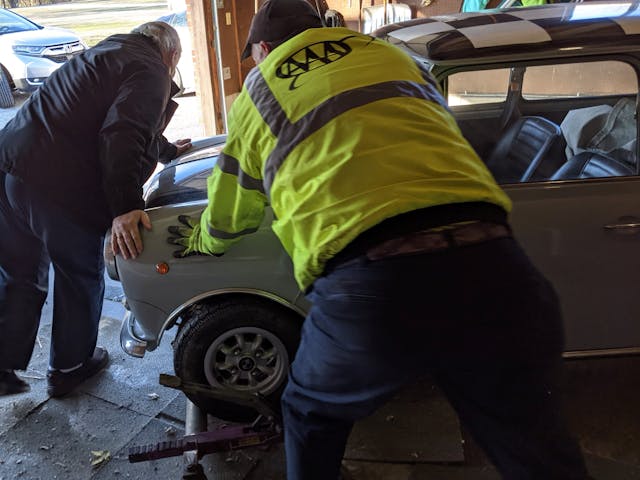
The repair estimate? $6000. Crap. We didn’t want to offend the owner but knew we couldn’t get anywhere near their asking price. We hung our heads low and offered $2500 knowing what they would say…
And now we are the new owners of a 1971 Mini Cooper Mark3 Innocenti! No, I don’t have the faintest clue what it feels like to drive, or even what engine it has. Actually we couldn’t even get the hood (bonnet?) to open, but who cares? I. Am. Excited.
What do you think? Did we make a mistake buying a 50-year-old British/Italian car that doesn’t run? Especially considering we have very limited mechanical ability. Should I have just gone with one of my dad’s old cars instead? Nobody said car buying was 100 percent rational.
Part 2 to come …


